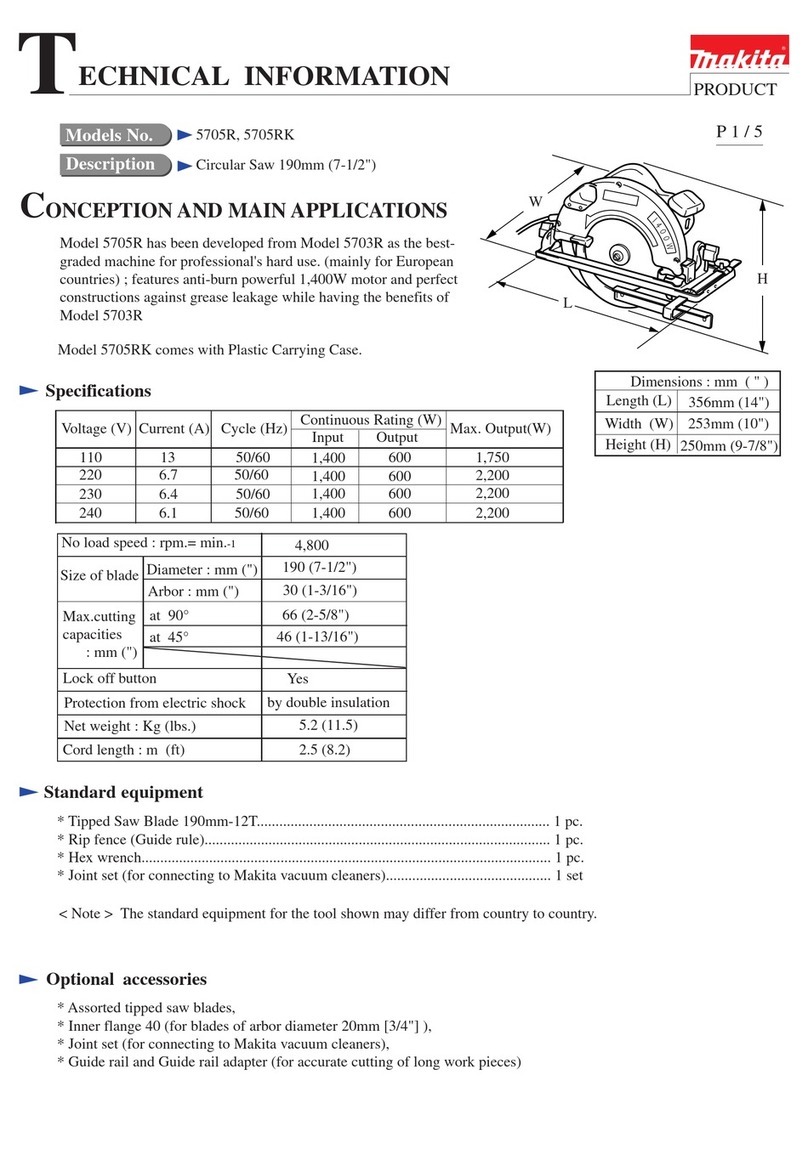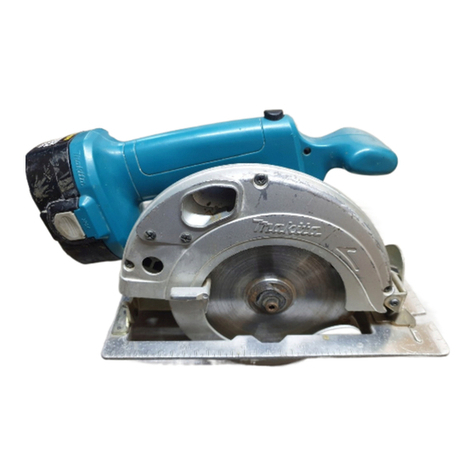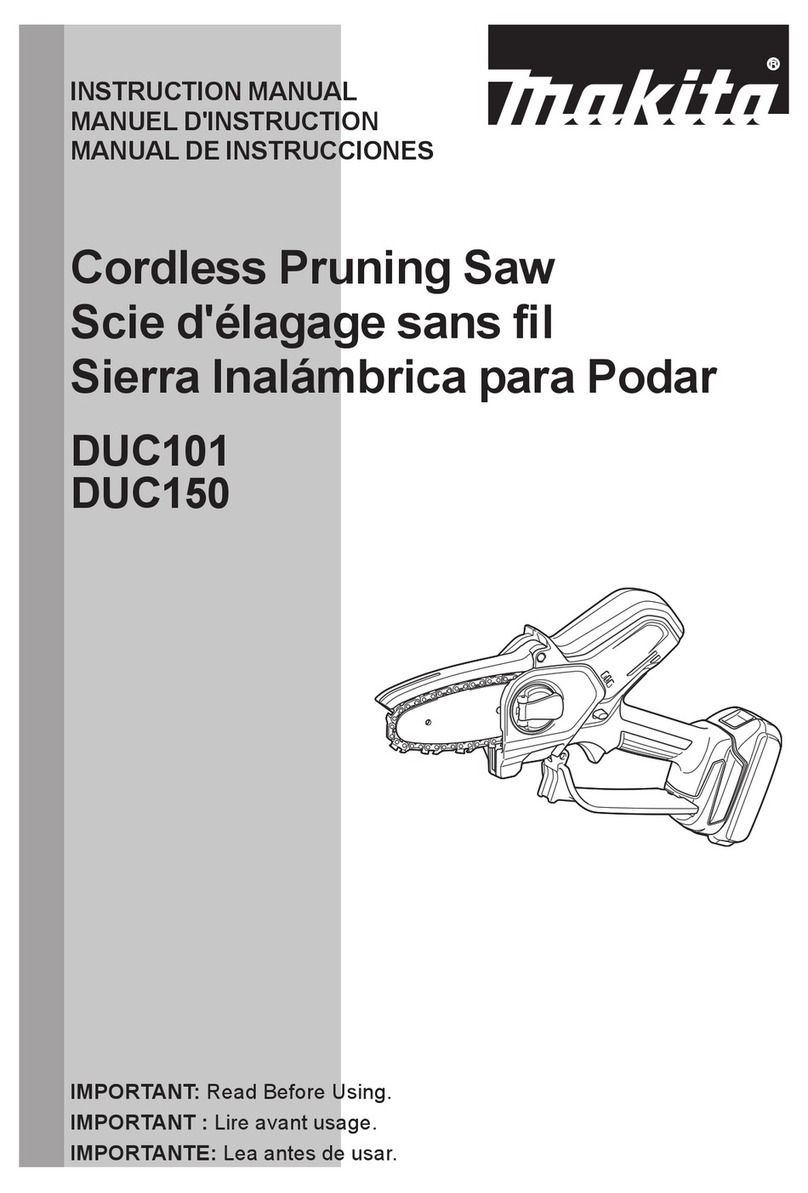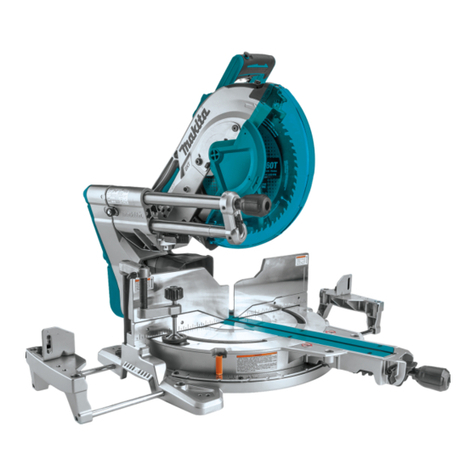Makita DHS900ZU User manual
Other Makita Saw manuals

Makita
Makita HS009G User manual
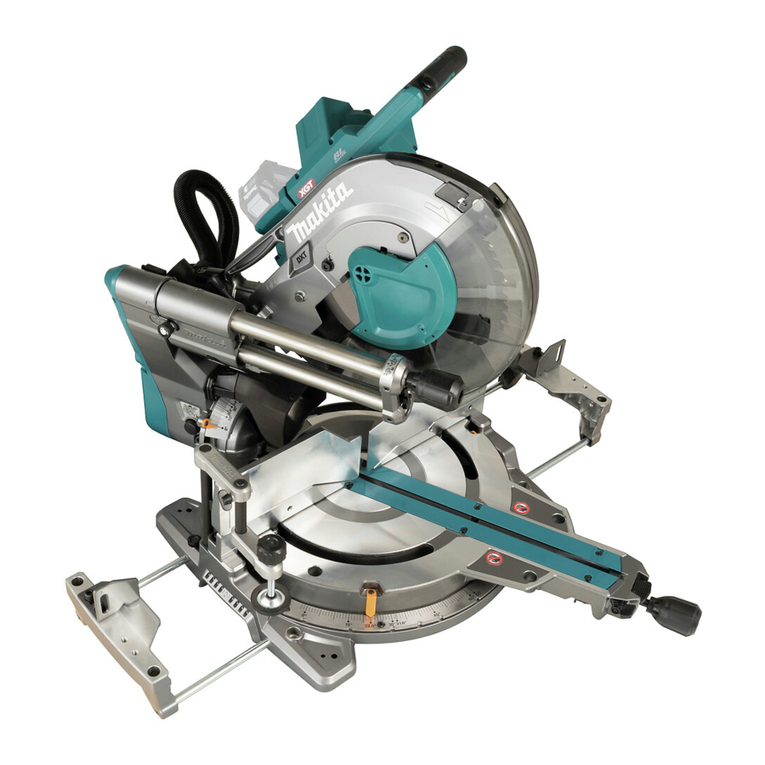
Makita
Makita LS003G User manual
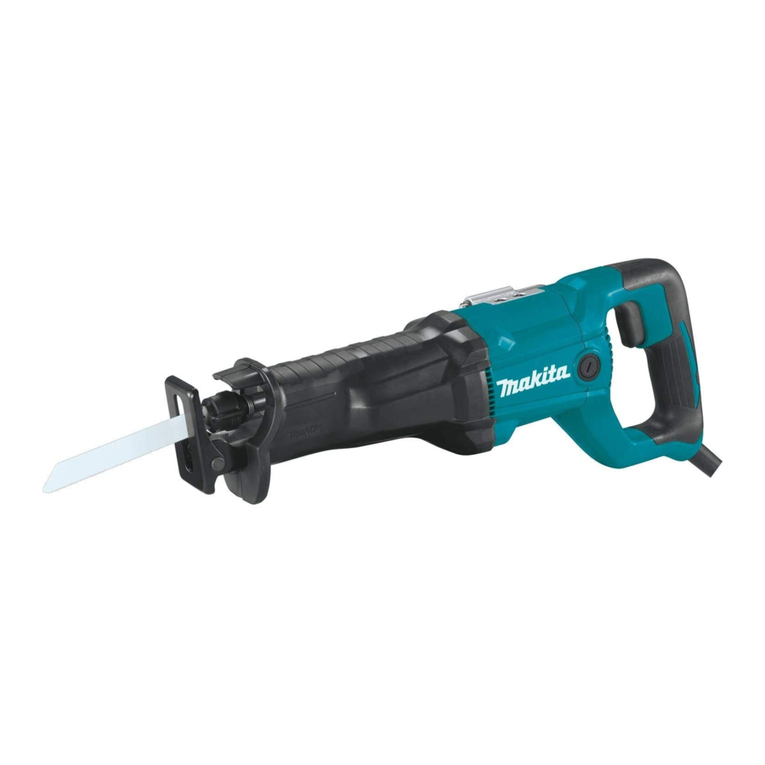
Makita
Makita JR3051T User manual

Makita
Makita 2712 User manual

Makita
Makita EK7651HX1 User guide
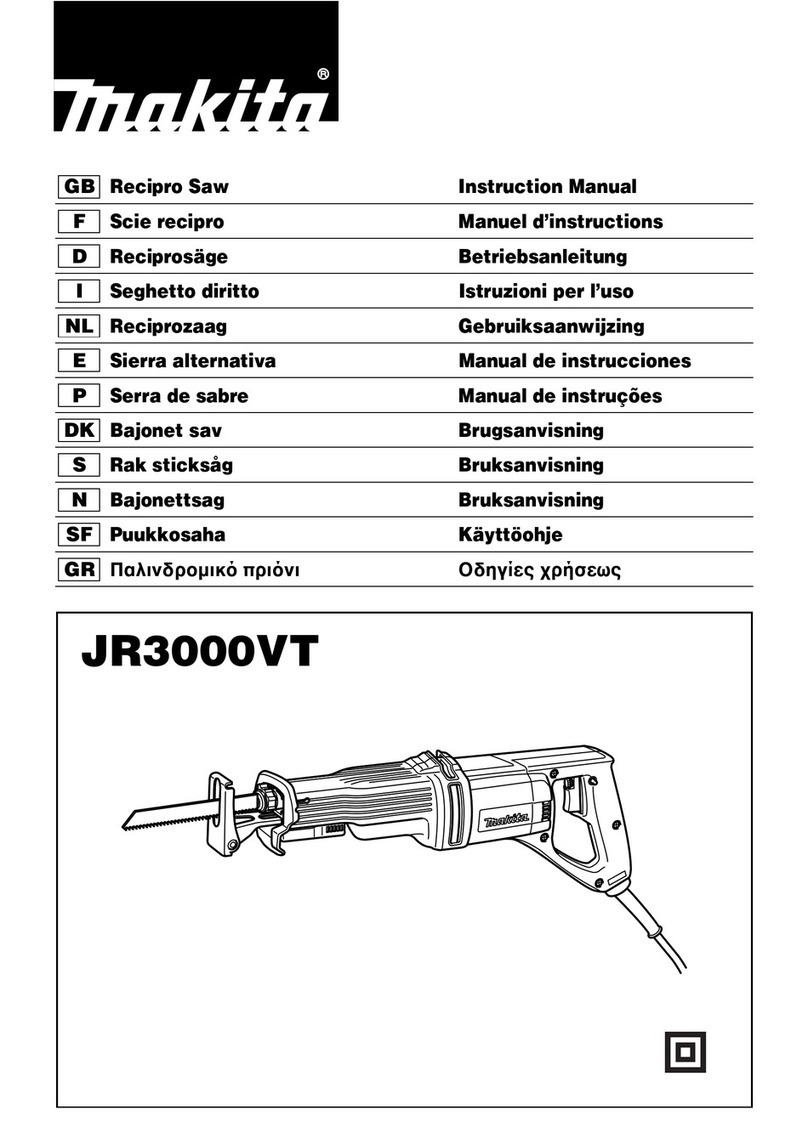
Makita
Makita JR3000VT User manual

Makita
Makita LF1000 User manual

Makita
Makita LS1013 User manual
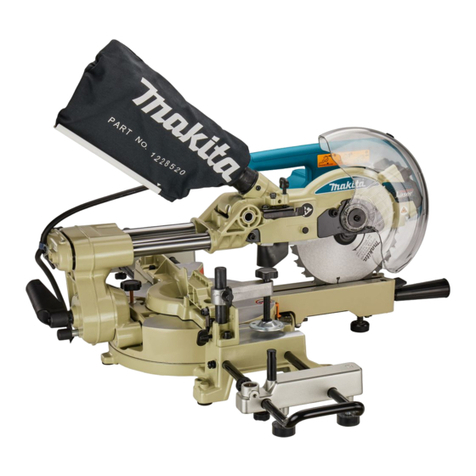
Makita
Makita LS0714L User manual

Makita
Makita 2704X1 User manual

Makita
Makita DLS713 User manual

Makita
Makita HS0600 User manual

Makita
Makita 5603R User manual
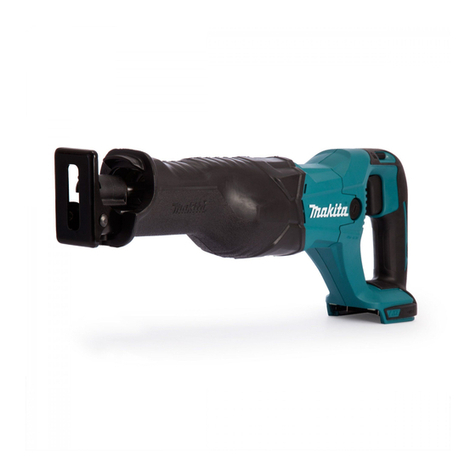
Makita
Makita DJR186ZK User manual

Makita
Makita LS004GZ01 User manual
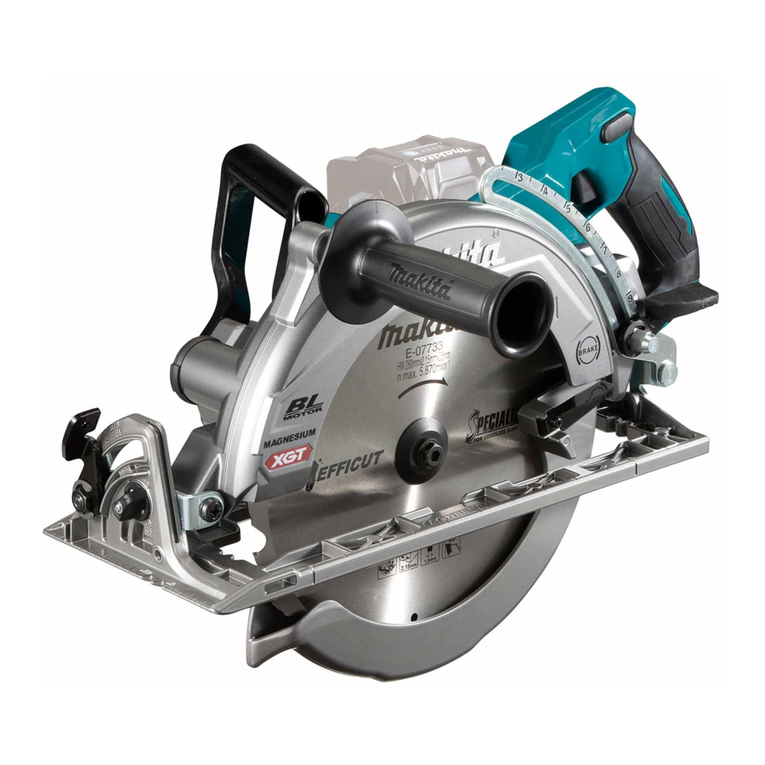
Makita
Makita RS002G User manual

Makita
Makita DRS780Z User manual
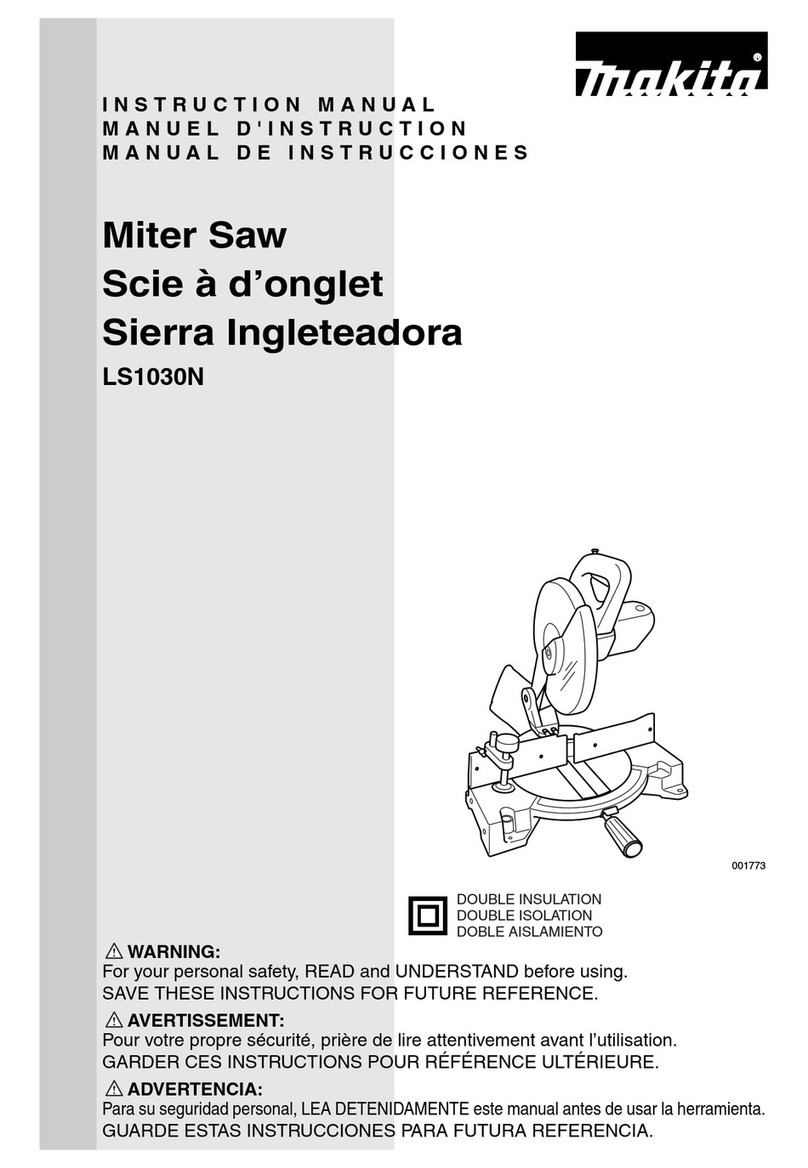
Makita
Makita LS1030N User manual
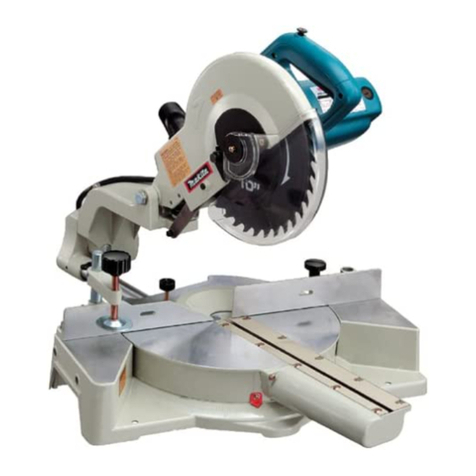
Makita
Makita LS1011N User manual
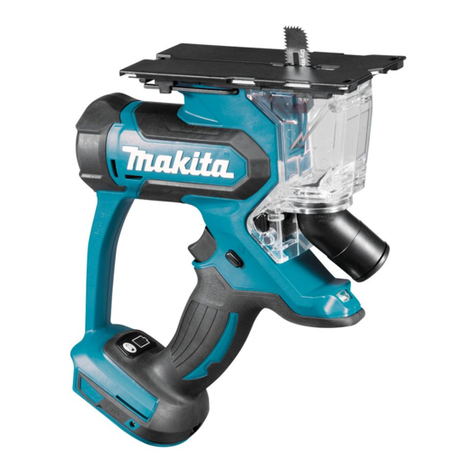
Makita
Makita DSD180 User manual
